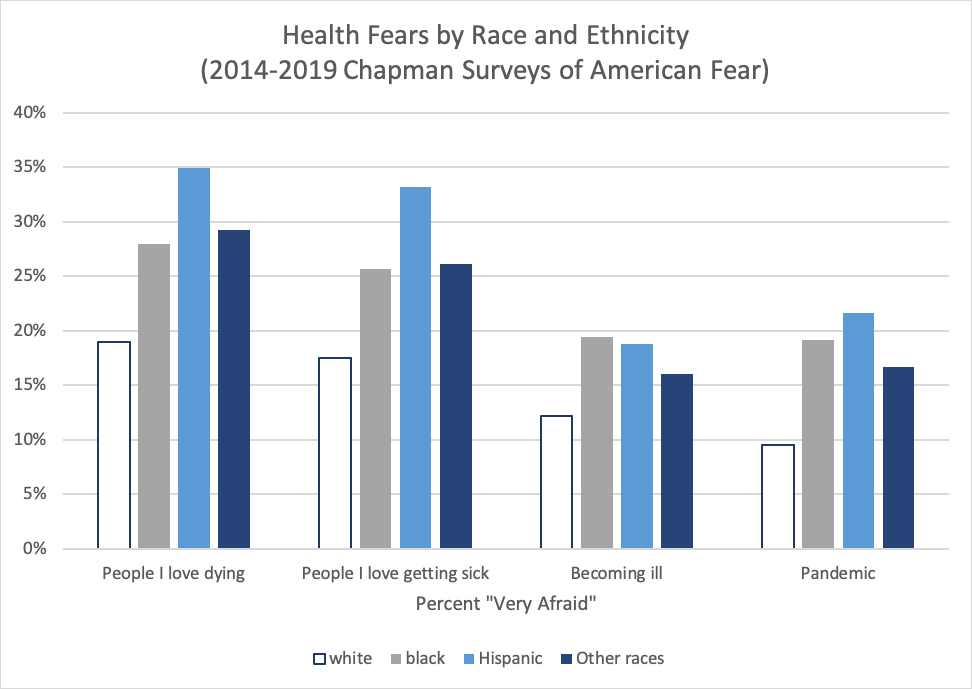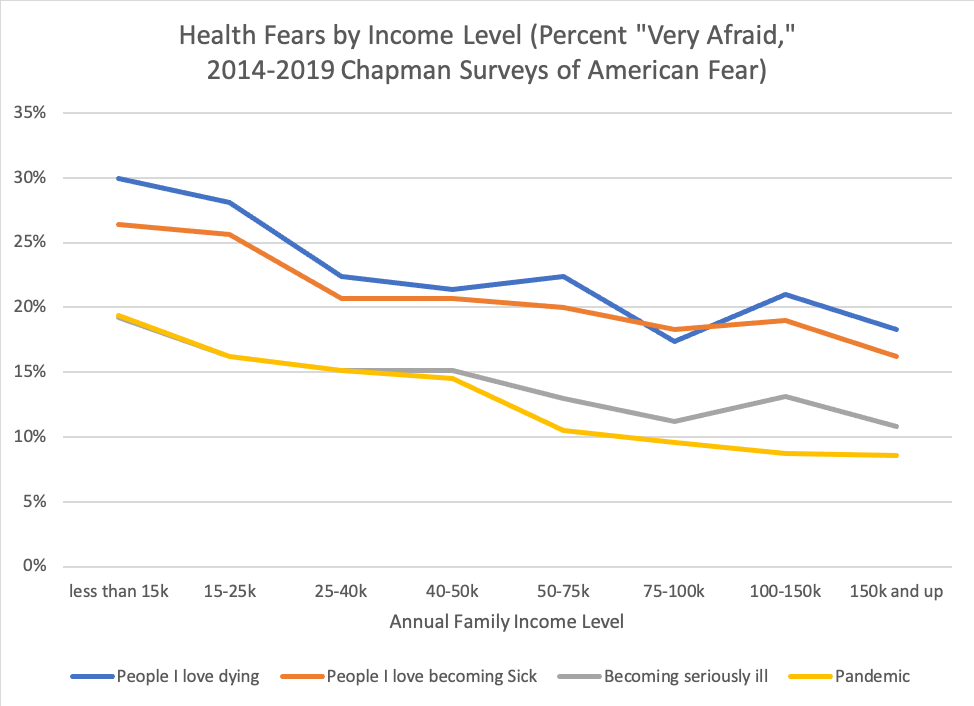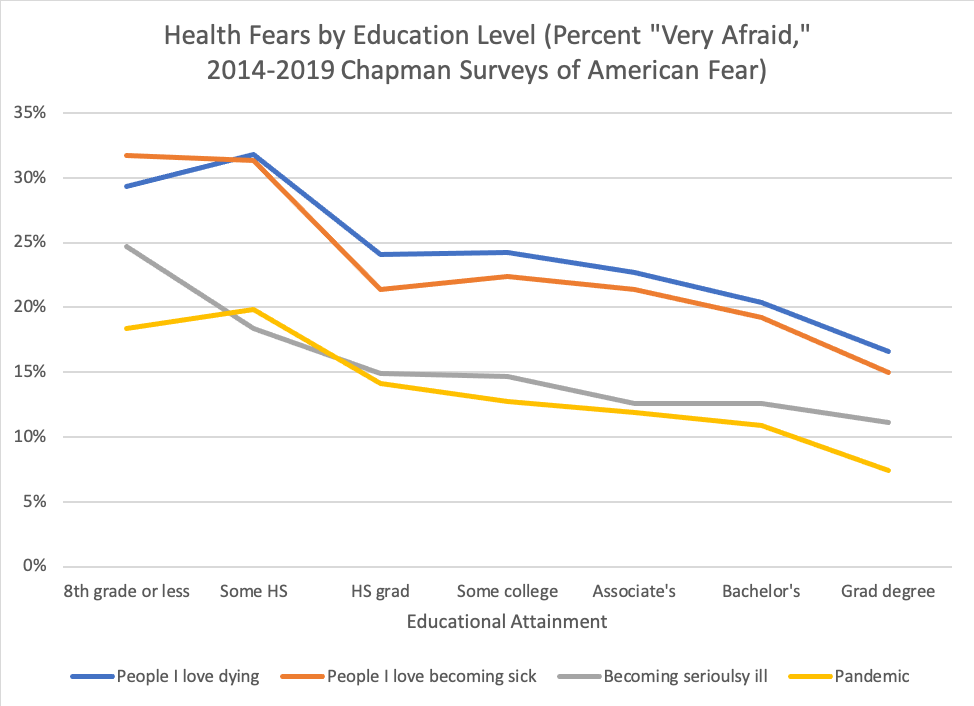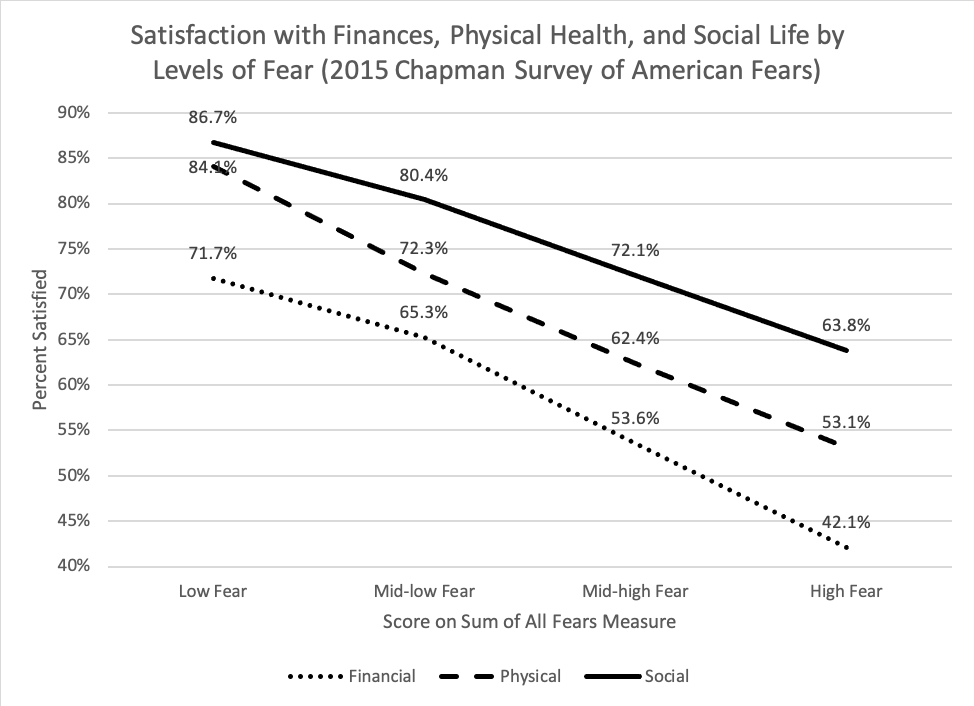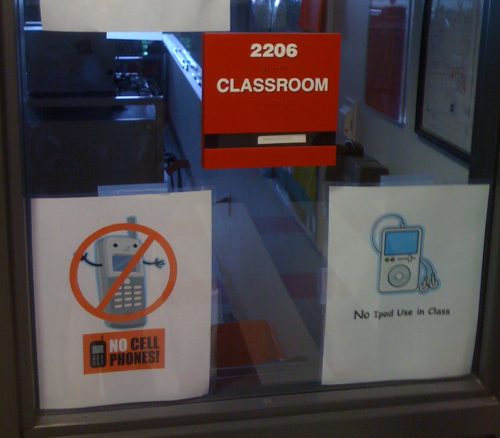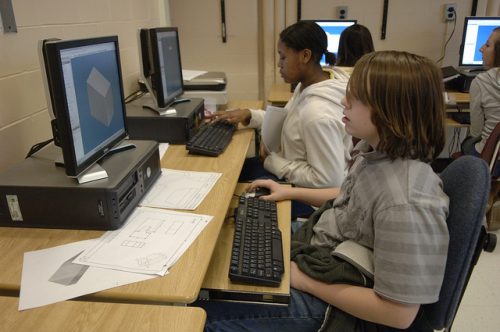In honor of the election, we offer you a summary of all our election 2008 posts.
This election has certainly brought racial tensions front and center. We highlighted two racist caricatures of Obama: on a waffles box and as a cannibal. We also discussed the cover of The New Yorker on which Barack and Michelle Obama were caricatured as terrorists. Whether or not this was racist was widely discussed and offered an interesting opportunity to ask “Who decides what we talk about?” In response to the argument that we were being too sensitive about the caricatures, we offered some evidence that caricatures of black people do not need to be racist.
Anti-Obama propaganda also included comparison with OJ Simpson, a monkey, celebrities, Osama Bin Laden, fascists and communists, a terrorist, a terrorist again, and a “half-breed Muslin.” See here for other racist anti-Obama propaganda. Gwen asked “So what if Obama is an Arab?” (Note, too, this satirical T-shirt.)
We saw racialization–or the active production of racial meaning–in the fist bump controversy, in calling Michelle Obama a “baby mama,” and in asserting the whiteness of the White House. We discussed the resemblance between Obama and his Grandfather and the meaning of “Main Street” to illustrate the social construction of race. And we offered examples of white privilege: in one we discuss the option of white ethnics to emphasize their ethnicity; in two we discuss a cartoonist who calls Colin Powell a race traitor for endorsing Obama and a Howard Stern clip that suggests that Blacks only endorse Obama because he’s Black. We also remark on how easy it is to deride social theories of inequality.
The McCain/Palin ticket was no stranger to derision. See also our post in which the McCain/Palin ticket is said to be favored by Nazis, another in which Palin effigy is lynched, and a third that discusses ageism in the election.
We’ve also seen plenty of sexism in this campaign. Hillary Clinton has been represented as a nut buster, asked to “iron my shirt,” critiqued for crying, and called a “bitch.” There are more examples here and here. Also see this montage of sexism among political pundits. Both Hillary Clinton and Sarah Palin were sexualized. See here, here, and here for Clinton and here, here, here, here, and here for Palin. (By the way, Barack Obama was sexualized as well, see here, here, and here.)
We commented, more sociologically, on the gender politics of this election. We discussed the mothering of baby Trig, conservative feminism, the politics of pink, and took a humorous look at the women’s vote with Sarah Haskins.
We also pointed to the way in which Obama and Clinton attempted to appeal to small town people and the ease with which we make fun of them.
For the intersection of race and gender, see our post in which Michelle Obama is called an angry black woman, is said to need to “soften” to be a First Lady, and our post that features the Bros Before Hos T-shirt (scroll to the bottom). For the intersection of race and class, see our post on Obama’s negotiation of the “elitist” label. And, in making intersectionality invisible, see the SNL skit, “bitch is the new black.”
Looking more broadly at politics and media coverage, we discussed the portrayal of evil in the Reverend Wright scandal, McCain’s trivialization of war, the linking of a Democratic adminstration with a terrorist attack, pundit hypocrisy, political networks, a voter registration campaign that uses bondage imagery, suspiciously delicious polling techniques, how cell phones shape polling findings, and trends in media coverage of Obama versus Clinton and Obama versus McCain.
In addition, we offered some examples of punditry from alternative media: on young voters, a call for alliance from the labor movement, a call to get your Jewish grandparents to vote for Obama, a political revival of the Budweiser Wassap video, and two examples of art inspired by the election (here and here).
We also put up posts of figures representing public opinion on blacks, a woman president, and politician parents. And we offered images illustrating how the world would vote.
Finally, our favorite: “We’re not sociologists, we’re Americans!”




